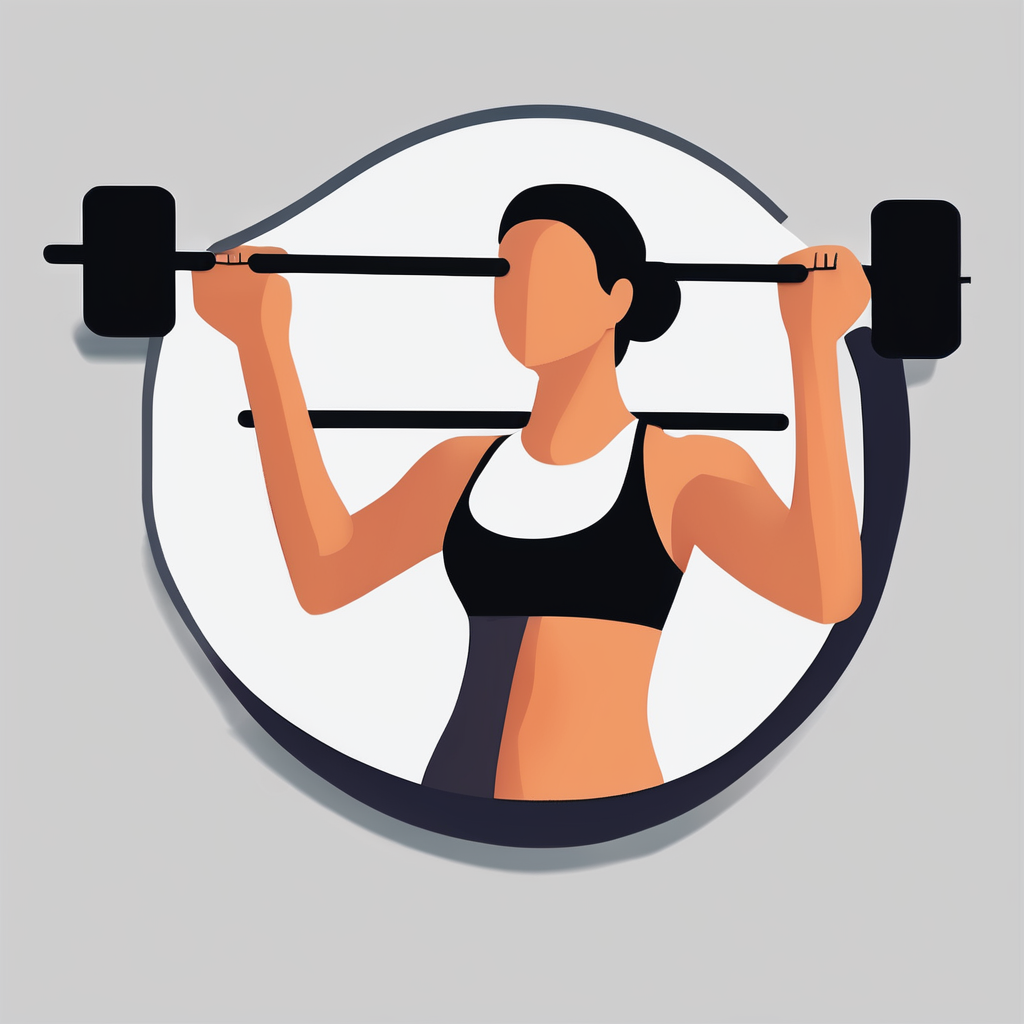Mastering Chain Alignment for Your Sport Bike: Ensure Seamless Performance in UK Climate Conditions
When it comes to maintaining your sport bike, especially in the often unpredictable UK climate, one of the most critical aspects to focus on is the chain alignment. A well-aligned chain is crucial for optimal performance, efficiency, and the overall longevity of your bike’s components. Here’s a comprehensive guide to help you master chain alignment and ensure your bike runs smoothly through the British weather.
Understanding the Importance of Chain Alignment
Chain alignment is not just a minor adjustment; it is a vital part of bike maintenance that can significantly impact your riding experience. Here are a few reasons why it’s so important:
Topic to read : Mastering Sport Bike Tire Inflation: Your Guide to Navigating the UK”s Changing Weather
- Performance and Efficiency: A misaligned chain can lead to inefficient power transfer, resulting in reduced performance and increased fuel consumption. This is particularly noticeable in UK conditions where roads can be wet and slippery, making every bit of traction count[5].
- Component Longevity: Misalignment can cause excessive wear on the chain, sprockets, and other components. This not only shortens the lifespan of these parts but also increases the risk of sudden failures, which can be dangerous[5].
- Riding Safety: A properly aligned chain ensures smooth gear shifts and reduces the risk of chain derailments, which can be hazardous, especially at high speeds.
Tools and Equipment Needed
Before you start adjusting your chain, it’s essential to have the right tools and equipment. Here are some of the key items you’ll need:
Chain Alignment Tools
- Laser Alignment Tools: These are highly accurate and can be used for both motorcycles and bicycles. They ensure precise alignment, reducing the risk of human error[3].
- Derailleur Alignment Gauges: These tools help in adjusting the derailleur to the correct position, ensuring the chain runs smoothly and evenly[2].
Other Essentials
- Chain Rivet Tool: For connecting or disconnecting the chain links.
- Chain Lube: To keep the chain well-lubricated and running smoothly.
- Workstand or Bike Lift: To elevate the bike and make adjustments easier.
Step-by-Step Guide to Chain Alignment
Aligning your bike’s chain is a process that requires attention to detail but is relatively straightforward once you understand the steps.
Also to discover : Elevate Your Sport Bike”s Braking Performance: A Comprehensive Guide to Upgrades for UK Racing Tracks
Preparing Your Bike
- Ensure your bike is on a workstand or lift to give you easy access to the chain and sprockets.
- Clean the chain and sprockets to remove any dirt or debris that could interfere with the alignment process.
Adjusting the Derailleur
- Barrel Adjuster: Start by adjusting the barrel adjuster on the gear lever to ensure the chain is not too tight or too loose.
- Limit Screws: Adjust the limit screws on the derailleur to set the correct range of motion for the chain. This prevents the chain from shifting into the spokes or off the sprockets[5].
Using Alignment Tools
- Laser Alignment: If you’re using a laser alignment tool, follow the manufacturer’s instructions to project a laser line along the chain. Adjust the derailleur until the laser line is perfectly aligned with the sprockets.
- Derailleur Alignment Gauge: Use the gauge to ensure the derailleur is perfectly aligned with the chain and sprockets. This tool provides a visual indicator of proper alignment[2].
Tips for Maintaining Chain Alignment in UK Climate Conditions
The UK climate, with its frequent rain and varying temperatures, can be particularly challenging for bike maintenance. Here are some tips to help you keep your chain aligned and your bike performing well:
Regular Cleaning and Lubrication
- Clean the Chain: Regularly clean the chain to remove dirt and grime that can cause misalignment.
- Lubricate the Chain: Use a high-quality chain lube to keep the chain running smoothly. This is especially important in wet conditions where rust and corrosion can be a problem.
Check Alignment After Each Ride
- After each ride, especially in wet or muddy conditions, check the chain alignment to ensure it hasn’t been affected by the ride.
Use High-Quality Components
- Invest in high-quality chains and sprockets that are designed to withstand the UK climate. For example, Shimano’s Tiagra chain is known for its durability and compatibility with various bike setups[1].
Innovations in Chain Technology: The Rise of Integrated Hub Gears
While traditional chain and derailleur systems are still widely used, there’s an emerging trend towards integrated hub gears that could revolutionize bike maintenance.
How Integrated Hub Gears Work
- Integrated hub gears, such as those offered by Shimano, SRAM, and Enviolo, place the gears directly within the hub of the wheel. This eliminates the need for derailleurs and the associated maintenance[5].
Benefits of Integrated Hub Gears
- Reduced Maintenance: With no derailleurs or cables to adjust, maintenance is significantly reduced.
- Improved Durability: The system is less exposed to wear and tear, making it more durable.
- Smoother Riding Experience: The alignment is always perfect, reducing the risk of derailments and providing a smoother ride.
Practical Insights and Actionable Advice
Here are some practical insights and actionable advice to help you master chain alignment and ensure your bike runs seamlessly:
Keep It Clean
- “A clean chain is a happy chain,” says John, a seasoned bike mechanic. “Regular cleaning can prevent a lot of issues down the line.”
Use the Right Tools
- “Investing in a good quality laser alignment tool can make all the difference,” advises Sarah, a professional cyclist. “It ensures accuracy and saves time in the long run.”
Check Often
- “After every ride, especially in wet conditions, take a minute to check the chain alignment,” recommends Mark, a UK-based bike enthusiast. “It’s a simple check that can prevent a lot of trouble.”
Comparison of Traditional and Integrated Gear Systems
Here is a comparison table highlighting the key differences between traditional chain and derailleur systems and integrated hub gears:
| Feature | Traditional Chain and Derailleur | Integrated Hub Gears |
|---|---|---|
| Maintenance | Requires regular adjustment of derailleurs and lubrication of the chain | Minimal maintenance required |
| Durability | Components are exposed to wear and tear | Components are more protected |
| Performance | Efficient power transfer but can be affected by misalignment | Consistent performance with no risk of derailments |
| Cost | Generally less expensive to purchase but may require more frequent replacements | More expensive upfront but potentially longer lifespan |
| Complexity | More complex setup requiring precise alignment | Simpler setup with fewer moving parts |
Mastering chain alignment is a crucial skill for any bike enthusiast, especially in the UK where the climate can be challenging. By understanding the importance of chain alignment, using the right tools, and following practical tips, you can ensure your bike performs seamlessly. As technology evolves, integrated hub gears offer a promising alternative that could simplify bike maintenance and enhance the riding experience.
In the words of a seasoned rider, “A well-maintained bike is not just about the engine or the design; it’s about the little things like chain alignment that make all the difference in your riding experience.” So, take the time to master this skill, and you’ll be rewarded with a smoother, more efficient, and more enjoyable ride.






